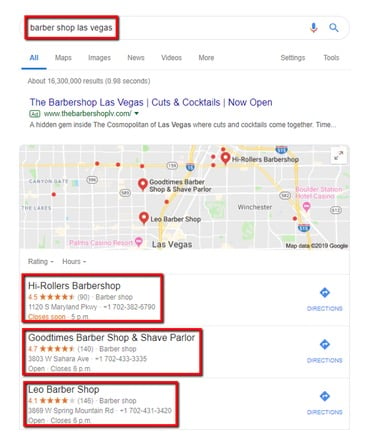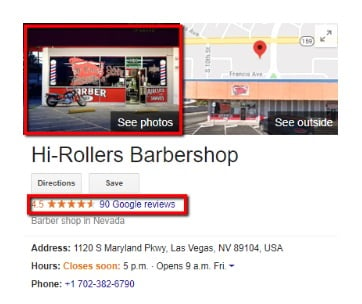With the world going digital, brick-and-mortar business owners intuitively know that in order to take advantage of this trend and stay relevant, they must bring their business online, as well. But how exactly do you go local online? And where do you start?
With tons of possible business profiles and platforms you can potentially create on the web, it can be difficult for an entrepreneur to understand how to set up your online presence in a way that is most efficient for your business.
Here, we’ll discuss exactly how to go about doing so successfully:
Your website is the hub of your business online
Your company’s website is the central platform where potential customers go to find out more about you. As such, it should reflect your brand, core offerings and include call-to-actions to generate leads from your visitors.
We recommend entrepreneurs build their website on a content management system such as WordPress, Wix, Squarespace, or a similar platform. More specifically, we recommend WordPress because it has the most functionality of all the CMSs on the market today. Building your website on a CMS (rather than from scratch) is user-friendly and intuitive.
Don’t get caught by a company pitching you a “hardcoded” website (a website built from scratch) by saying that it is faster, has more flexibility, etc. than a CMS. Although this may be true, in the end, you will need to keep this web developer on a monthly maintenance retainer just to make changes to your website. Since it is built from scratch, you will need to know how to code in order to make minor changes to the site. And as a business owner focused on providing the best possible service to your customers, it will not be worth your time to learn how to code just to make a tiny tweak to your website.
With WordPress and other CMS platforms, you can easily learn how to make minor changes within minutes, rather than weeks or even months.
Related: 6 Things to Consider Before Listing Your Startup to Online Directories
Establish a Google My Business profile
Now that you have your website, the next thing you want to do is set up your Google My Business profile.
This is the business profile that allows you to show up in Google Maps for keywords relevant to your business.
For example:

This business profile is great for expanding your web presence in search engines, as well as showcasing things like photos and customer reviews.

This is a must-have from the very beginning, and the sooner you create it, the faster you can start building up reviews, social proof, and online awareness for your business.
Social media profiles
Of course, no “how to bring your business online” article is complete without discussing the process of setting up your startup’s social media profiles.
The most important point here is to make your social handles uniform across all platforms. The reason for this is to ensure your brand is consistent across all platforms, making your brand easy for customers to find.
So, even though you may plan on only utilizing one or two social media platforms in the beginning, it is always a good idea to set up a uniform handle on as many social media platforms as possible to secure consistent branding. Just in case you decide to use more platforms in the future, you’ll have them.You should do this with Facebook, Instagram, YouTube, Twitter and LinkedIn.
You can always secure a handle on the hottest new social media platform as it rises in popularity, but these are simply the bare minimum.
Sign Up: Receive the StartupNation newsletter!
Online directories
Now that you have your website, Google My Business profile and social media accounts set up, the final step to bringing your business online is to add your business to as many local business directories as possible. Such directories include Yelp, Yellowpages, Foursquare, Better Business Bureau, your local Chamber of Commerce, etc.
Directories are still relevant, and consumers use them to search for local businesses when in need of a specific product or service. Ensuring your business is present within these directories will allow you to get more eyeballs on your website, and ultimately, more leads and sales for your business.
Conclusion
Business owners have become increasingly aware of the benefits of having an online presence but may find it difficult to understand where to start.
With so many options on the web, it can be frustrating to decipher the actual process of building an online presence for your business.
If you create your website on a user-friendly CMS, a Google My Business profile with customer reviews, a uniform business profile on popular social media platforms, and a business listing on local directories, then your business will have a well-established online presence. The next step is to actually market your business online!
The post How to Bring Your Local Business Online in 4 Steps appeared first on StartupNation.
OhNoCrypto
via https://www.aiupnow.com
Jeremy Lawlor, Khareem Sudlow
